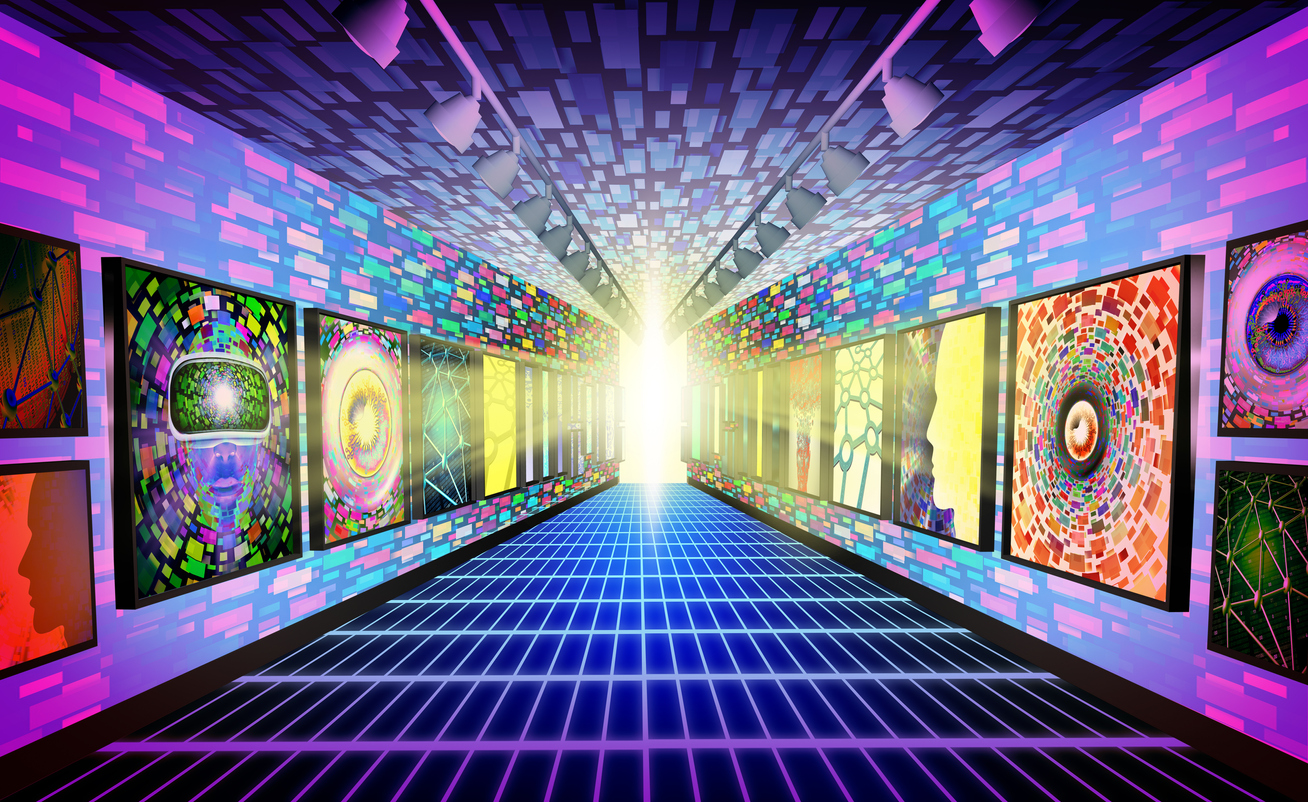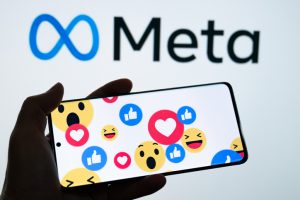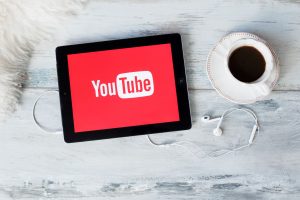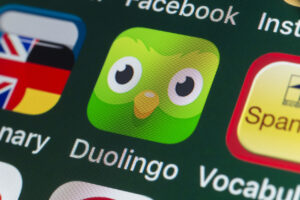How Web3 and NFTs will change social media forever
No, really, you need to know this. Don’t click away.

If you’ve read part one of this series, the words “Web3,” “NFT,” “blockchain,” “non-fungible” and others don’t seem as out there as they did before. (And if they still seem a little fuzzy in your brain, read again for a refresh).
Why is a social media professional so excited about all of this stuff?
In 2021, I began to dabble in buying NFTs. It was fun to learn something new, to jump into the wild west and stake a claim for women in a heavily male-dominated space. After a while, however, it became less about investing and the chase for that diamond-in-the-rough project, and more about seeing how the NFT communities worked.
It really did remind me of the early days in social media, when your “friends” were really friends and organic posting wasn’t stifled by algorithms. Plus, I started to notice how many brands were riding the wave right along with me. That’s when I realized that a wave of social media changes was coming – and I needed to start helping people get ready for them.
In my last post, I touched on one of the reasons that certain NFTs hold more value than others, and that reason is the strength of the community surrounding the collection.
Let’s take a glimpse into why this matters for you. Imagine a world where you own your data – not Facebook, not Twitter – and you decide when and how to share it. Imagine a world where a brand wants you to like or share a social media post, but you want some kind of return on that investment of space on your accounts, and the time it will take. Imagine being a part of a community board for a brand where you help determine features of the product and even the price.
Welcome to how community works in NFTs.
There are many brands embracing the NFT community – Gucci, Adidas, Nike, Shopify, Bose and more. If you haven’t started to think about NFTs in your marketing mix, you’re a step behind even the Vatican! Ad Age even keeps a running list of brands using NFTs.
Plus, these NFT communities are the birthplace of future brands. Think of them like Kickstarter campaigns for the next Oculus Rift.
In addition to brands, the social media networks that we know today are also making changes. Twitter was one of the first to embrace the NFT community, and its Twitter Blue subscription allows NFT owners to flex their street cred with a hexagonal avatar, which verifies ownership. Instagram has recently launched a similar functionality as a beta test to show off your NFTs.
However, the main channel for NFT communities is Discord. And this is where it starts to get really interesting.
In any given Discord NFT community, you’ll find these brands interacting with the community, but also the community interacting with each other. There are contests for early access to the minting process, fan art and lore challenges, updates about the project, etc.
Here’s the thing – there are no algorithms. The conversation is organized into a channel structure, and it’s chronologically ordered.
There are also no ads. Did you get that one? No. Ads. NFT projects gain awareness through “collaborations” – or postings within each other’s channels.
Each community member is an immediate brand ambassador. Whether they play to HODL (or hold) their NFT or flip for profit, they are invested (pardon the pun) from the start in the project.
This is key, because we’ve been talking forever about how important it is to be social in social media. It’s even more critical with this in mind. The conversation is happening. The community wants brand participation, nay, demands it. They want full transparency. They want frequent updates. So now, more than ever, if you’re not social, it’s just media.
In light of all of this information, here are the ways I (already) see social media making a shift.
- Get more social. Glossy branding won’t save you anymore. The community will be loud and out in the open more than ever
- Creators are the brands. Creators aren’t going to be as interested in working FOR brands, they’ll want to work WITH them and partner. In many more cases, you might find that those creators are now your competition – especially for eyeballs in social.
- It’s still about content, but more along the lines of conversation. Remember, these communities can talk to each other. They’re leading the conversation, so you, as a brand, need to be a part of it, and create the content around those conversations.
- Get used to getting it wrong. All of this is going to be very new to many marketers. And the NFT world is still developing. The key here is how you’ll respond when you get it wrong. The more transparent and authentic you are, the more your community will come on the journey with you.
How can you get prepared for what’s next? While again, I’ll stress DYOR and NFA (do your own research and not financial advice) – hop into an NFT Discord and at least go through the motions of learning how to buy an NFT. Follow hashtags on Twitter like #NFT, #NFTCommunity and #NFTProject to find ones you might be interested in. When you find them on Twitter, follow that account to see the ideas of engagement incentives come into play. Pay attention to how communities show up for each other, and how they show up when a project gets it wrong.
Change is hard, but it’s inevitable. Hopefully this primer shows you what’s on its way and how you can get ready.
Meanwhile, don’t forget WAGMI (we’re all going to make it) and I’ll see you in the metaverse! (Or on social media – you can follow me @cshirkeycollins on Twitter, or if you want to follow the Web3 me, you can find me @NFTCarmen.)
Carmen Collins is head of social media & brand creator content for Wish. She is also a member of the PR Daily Advisory Board.







Good detailed article and loved to know how discord can help in NFT Promotion.
Would love to read a detailed blog on NFT Marketing.
Thank You